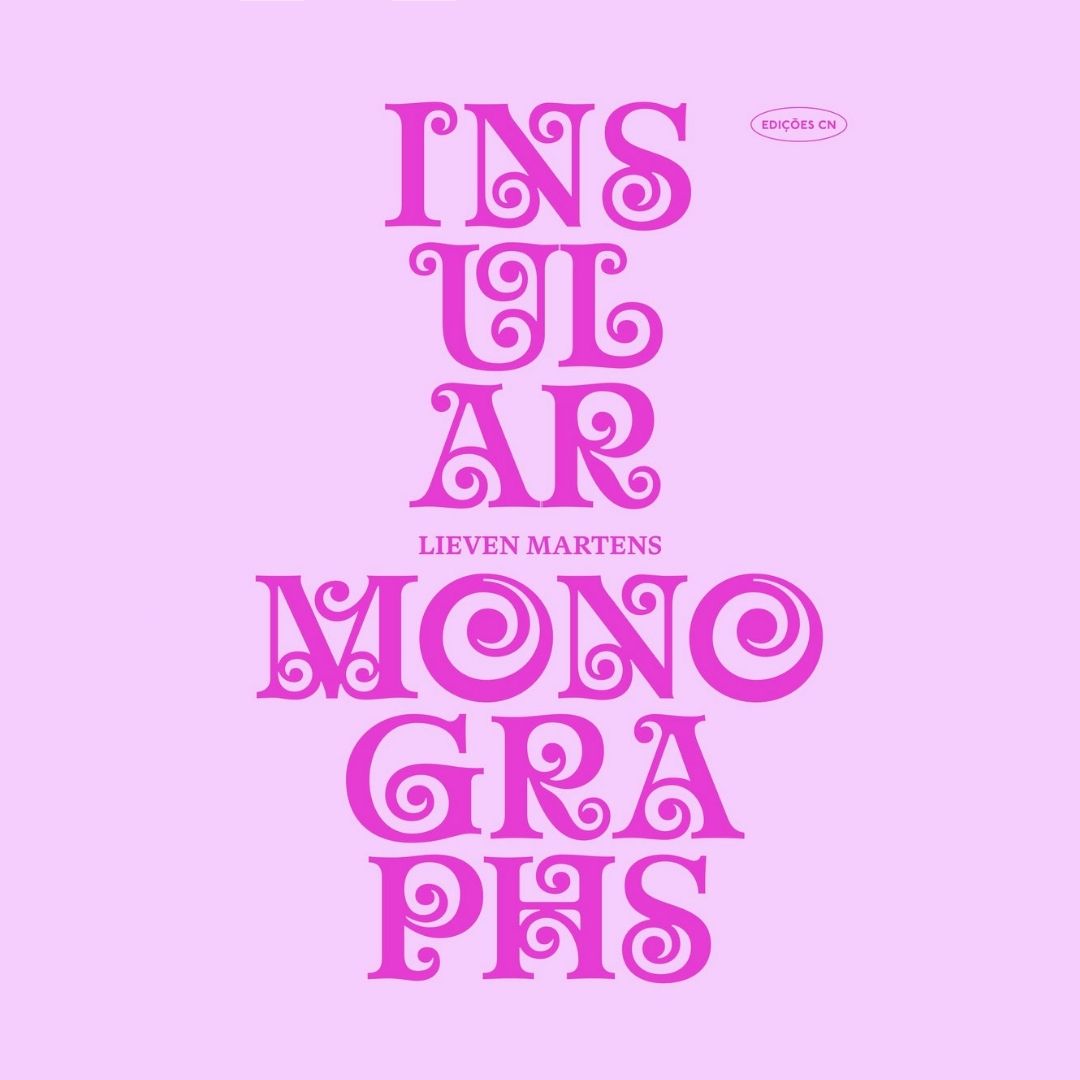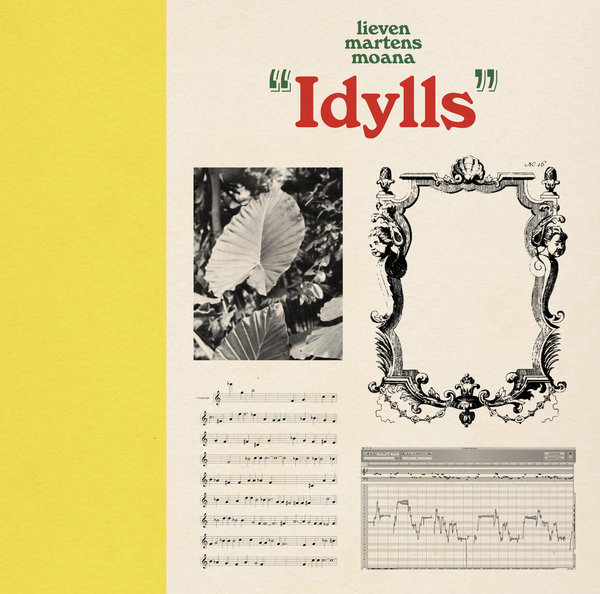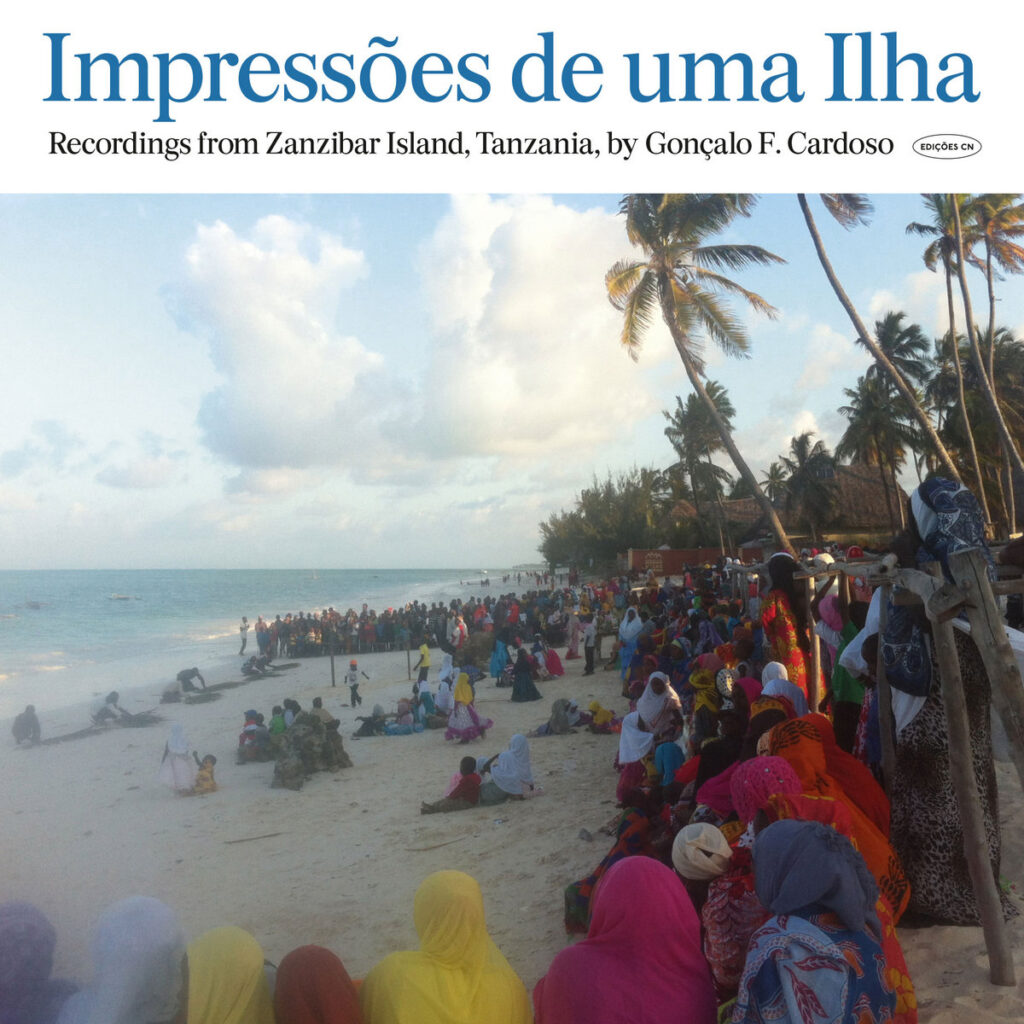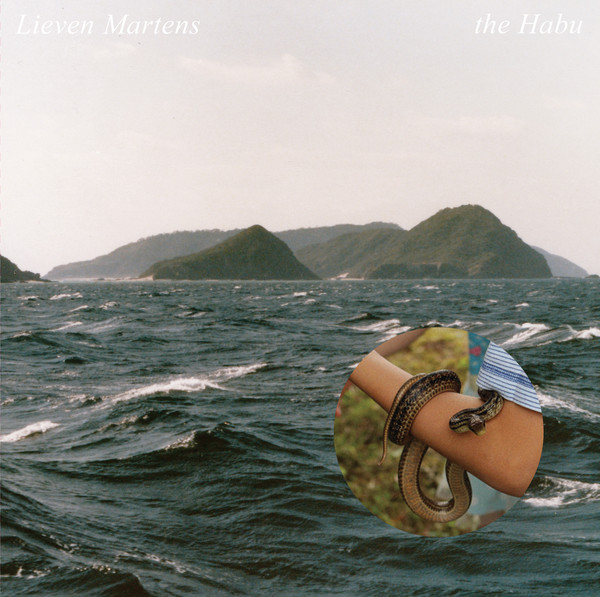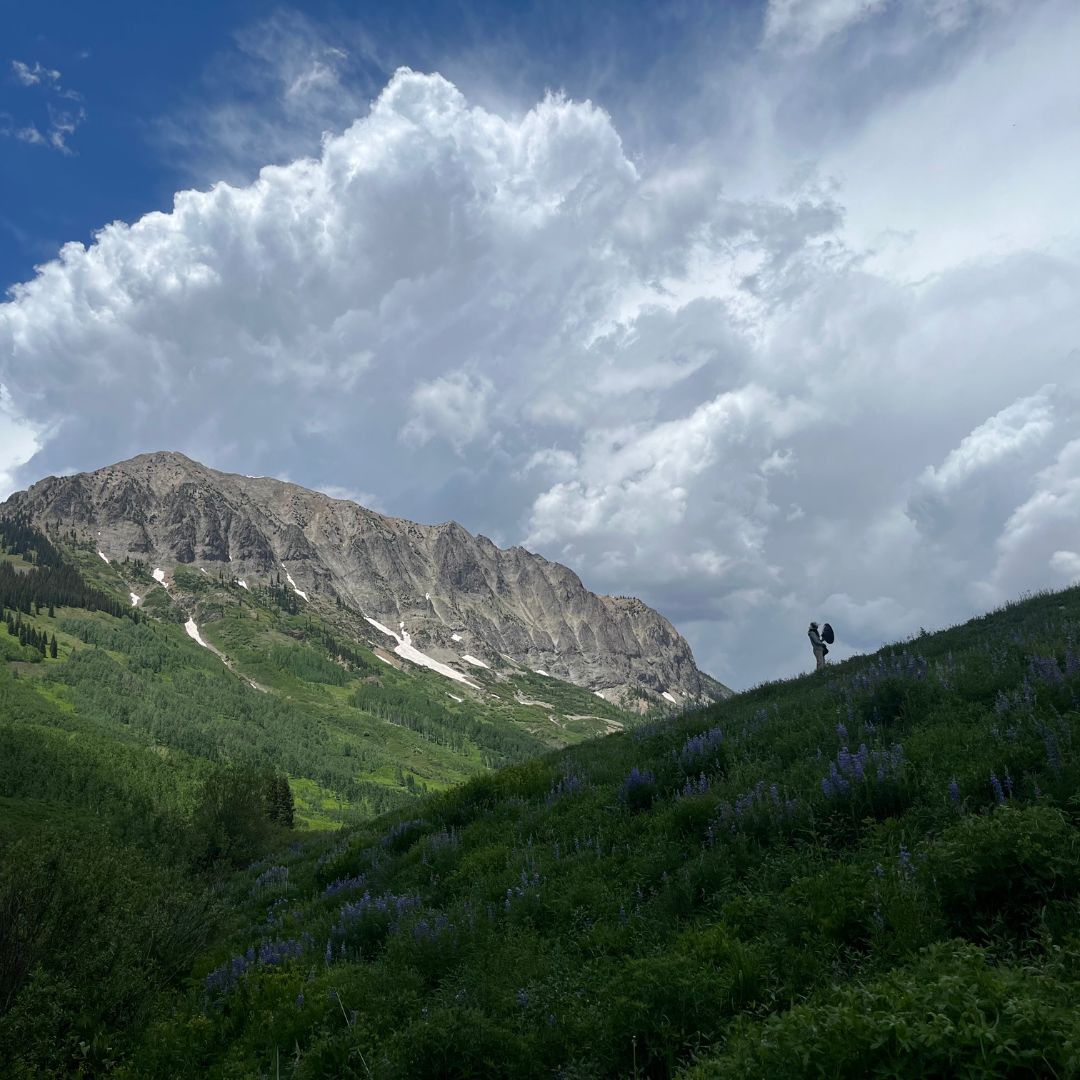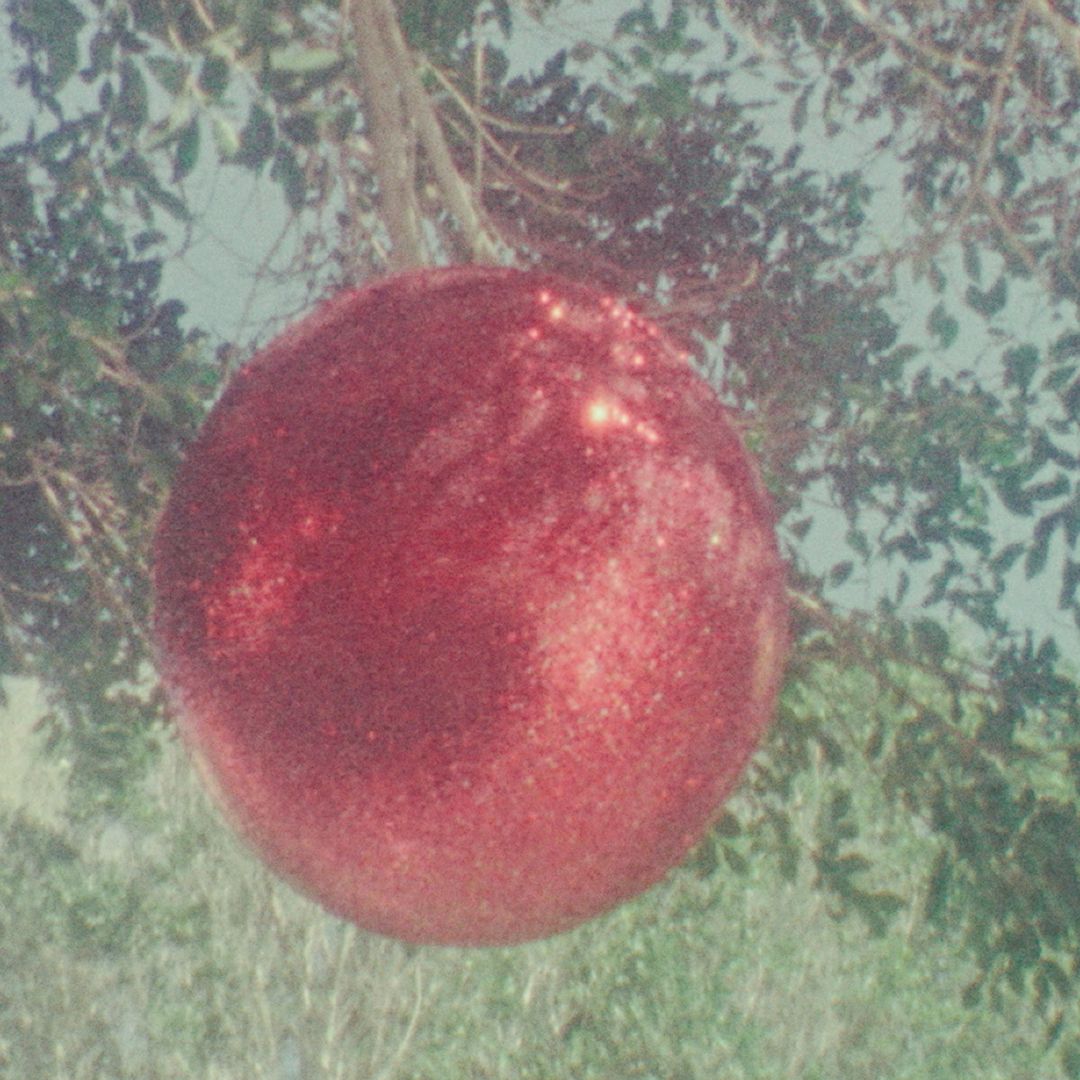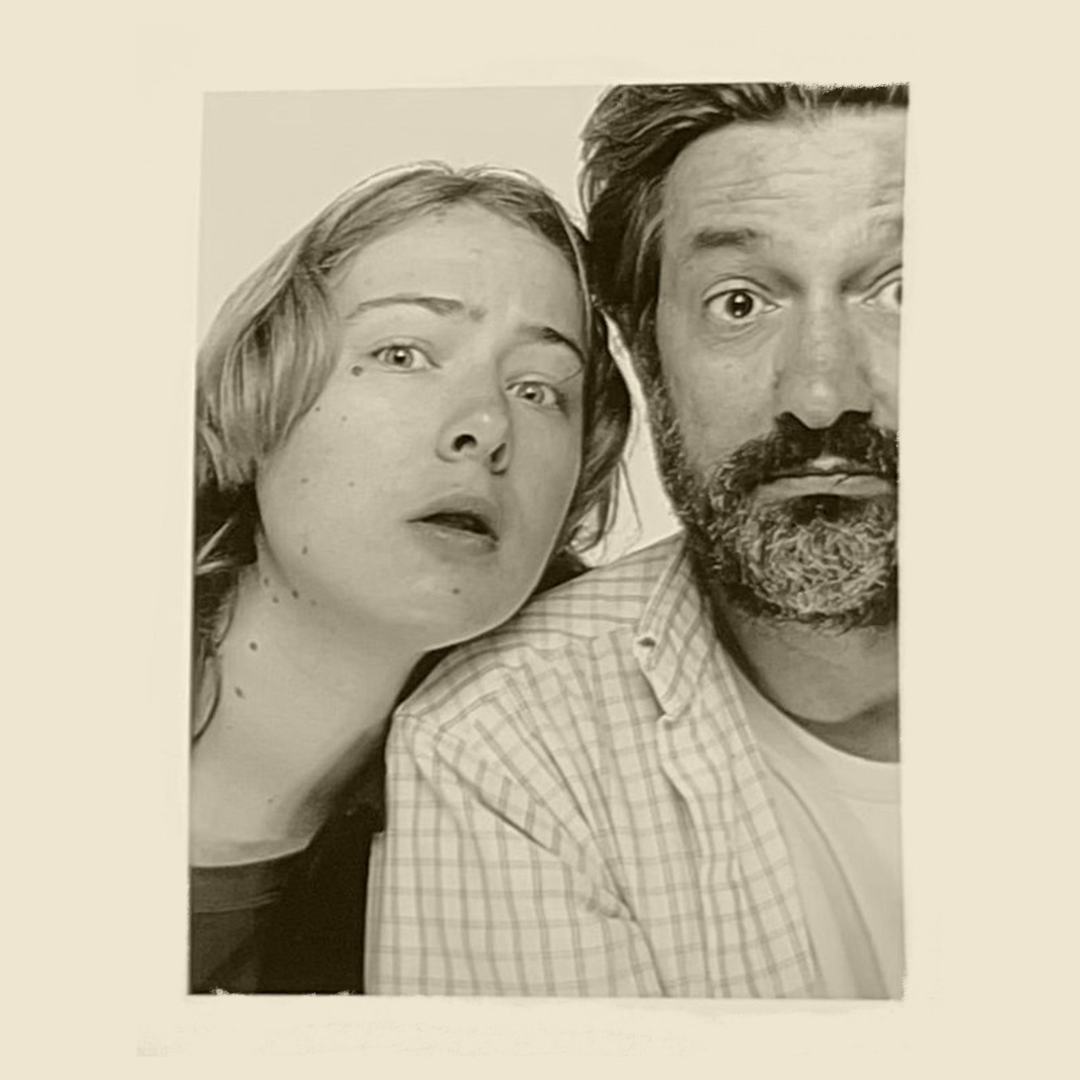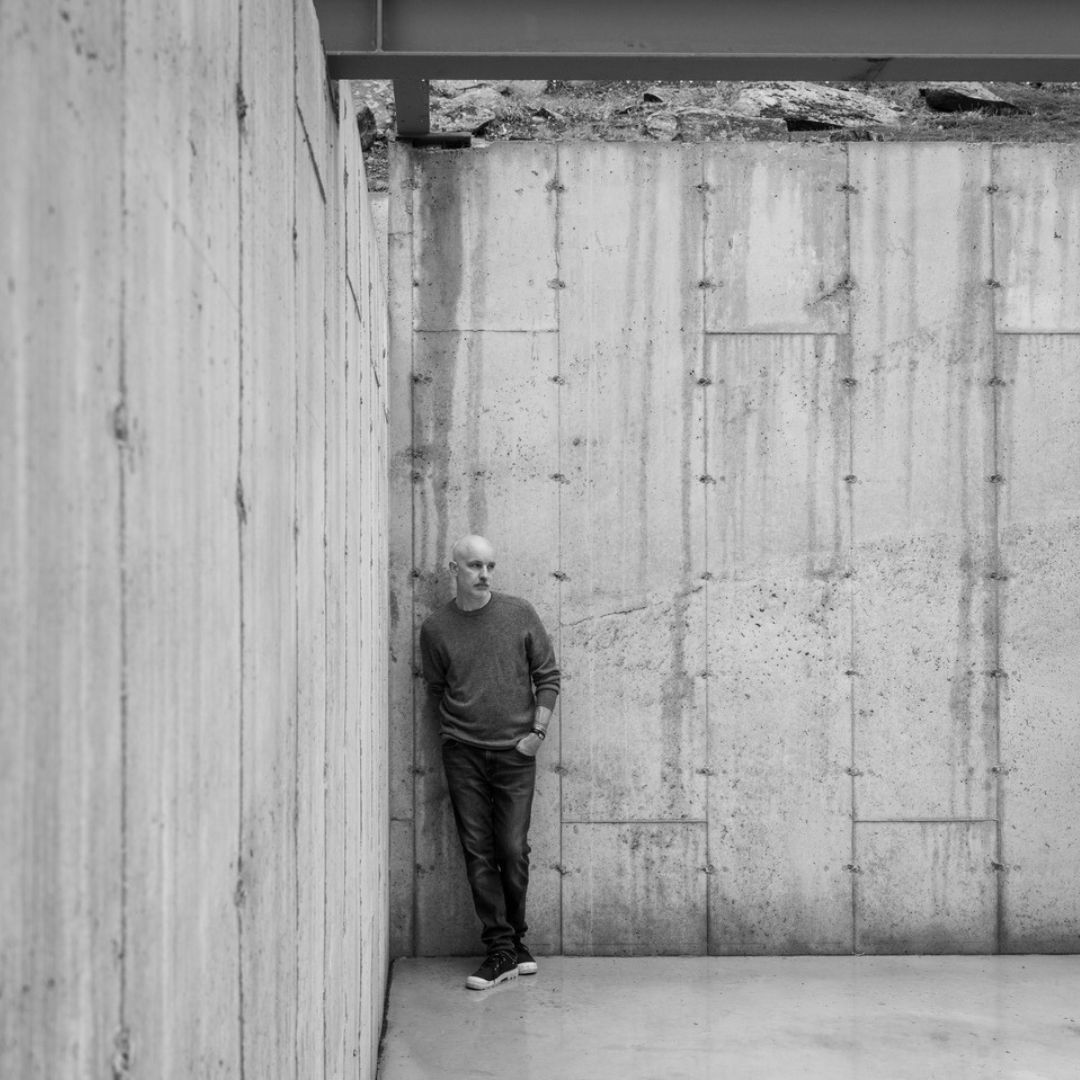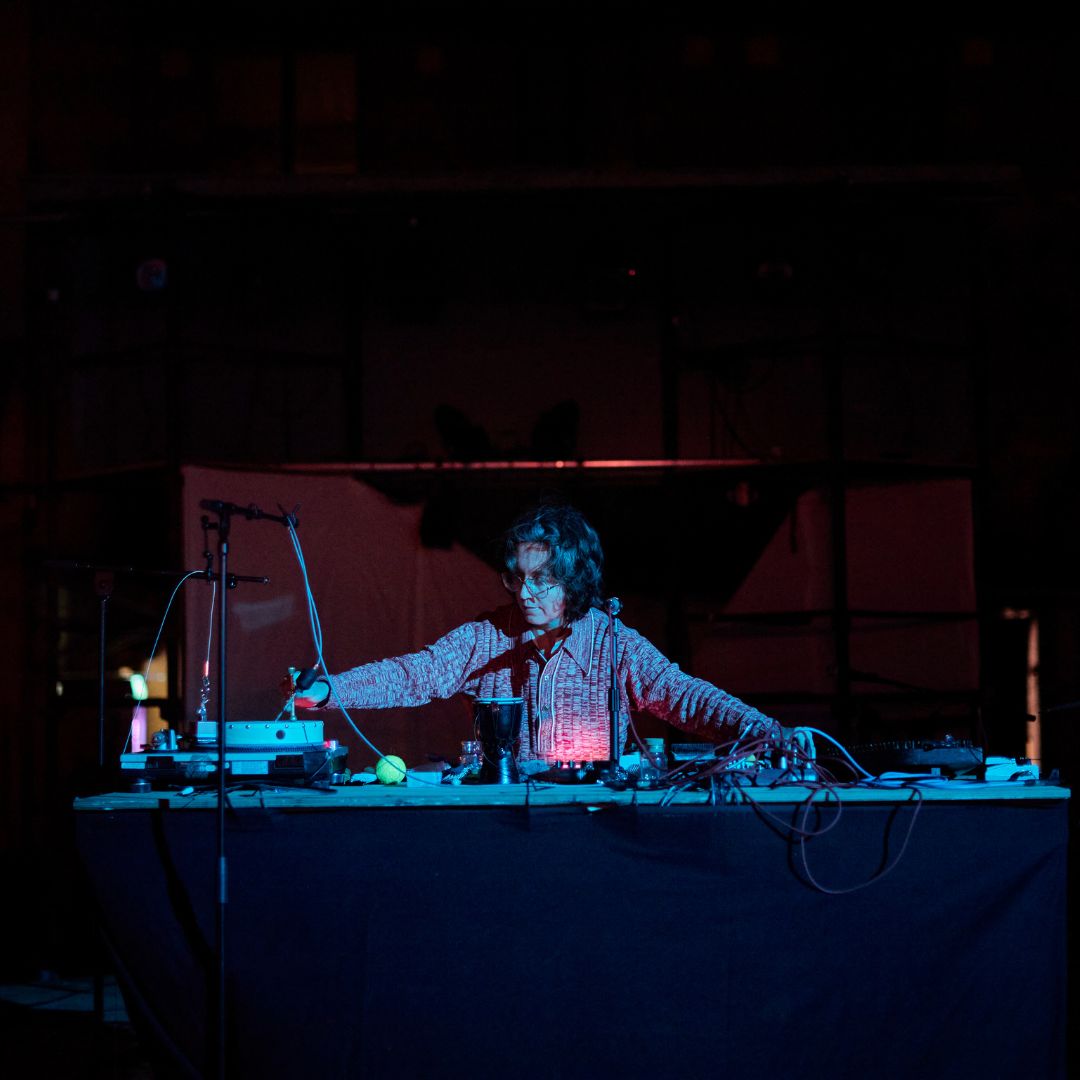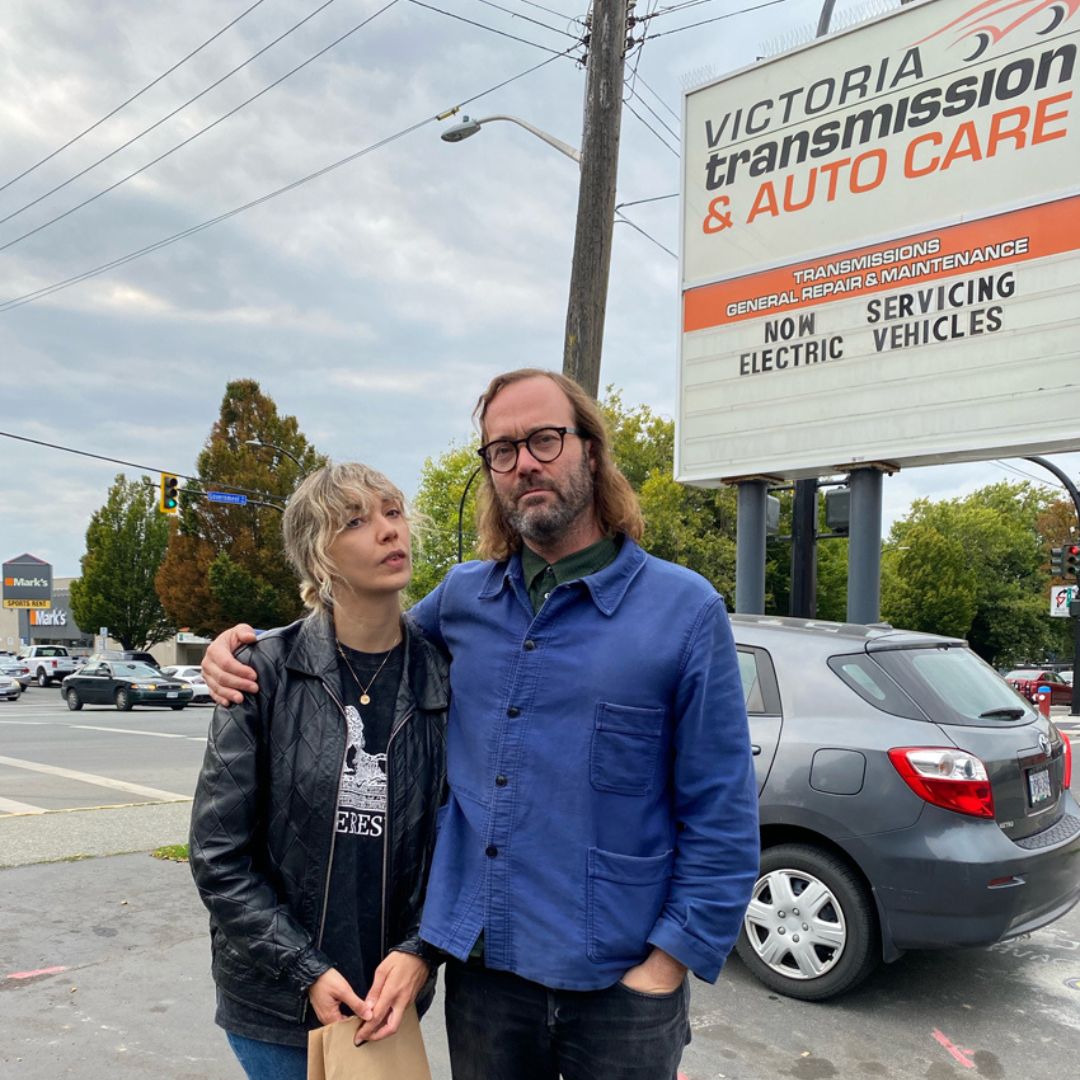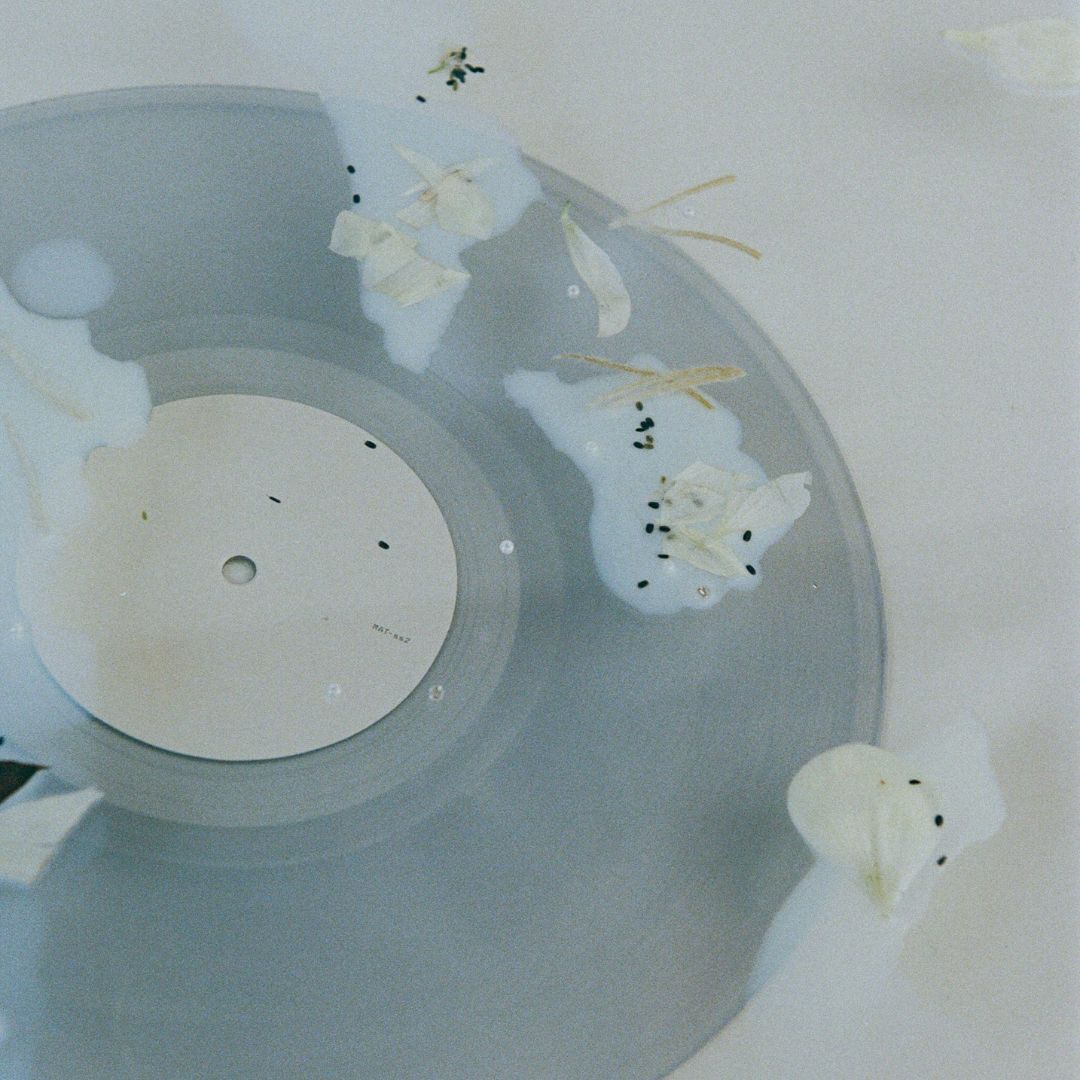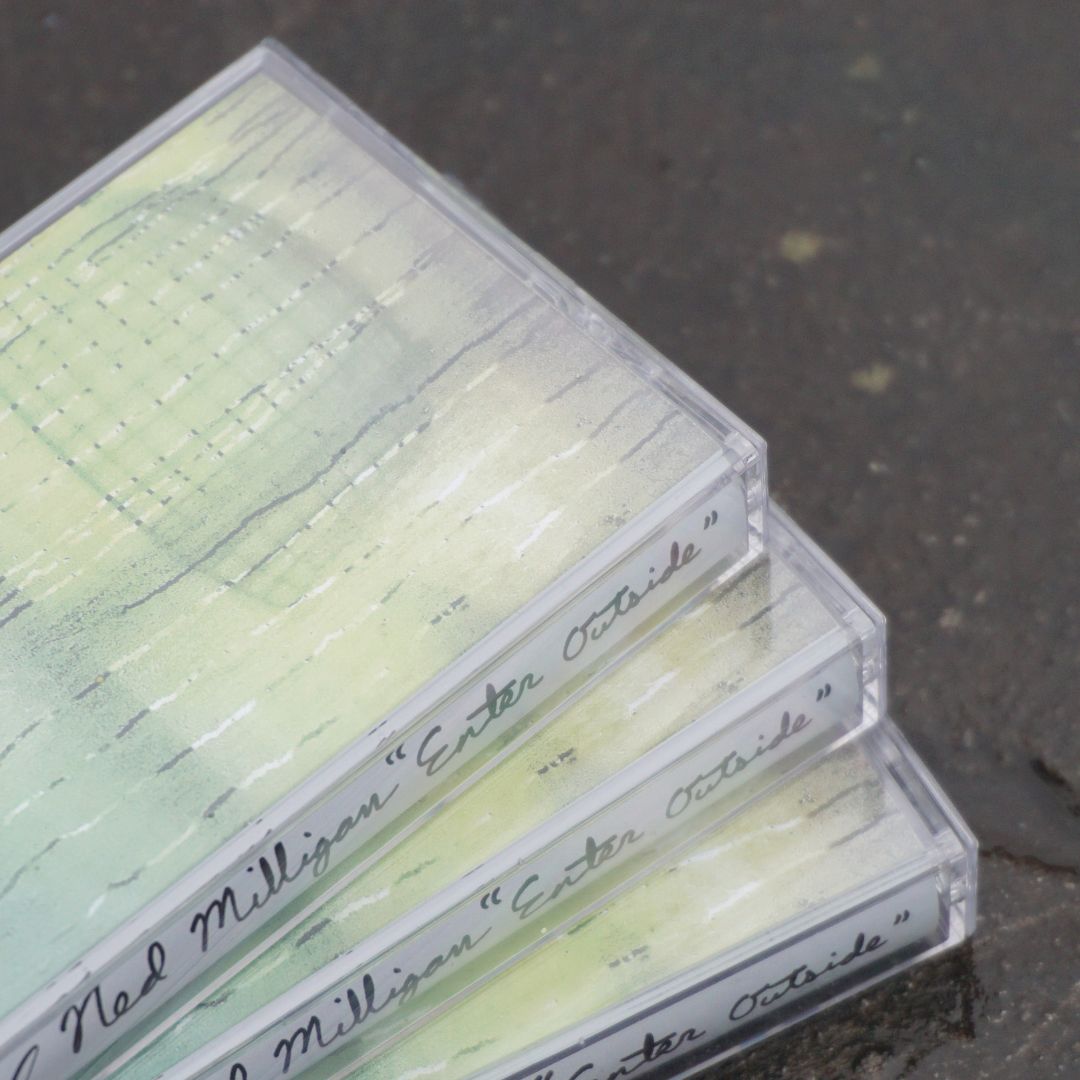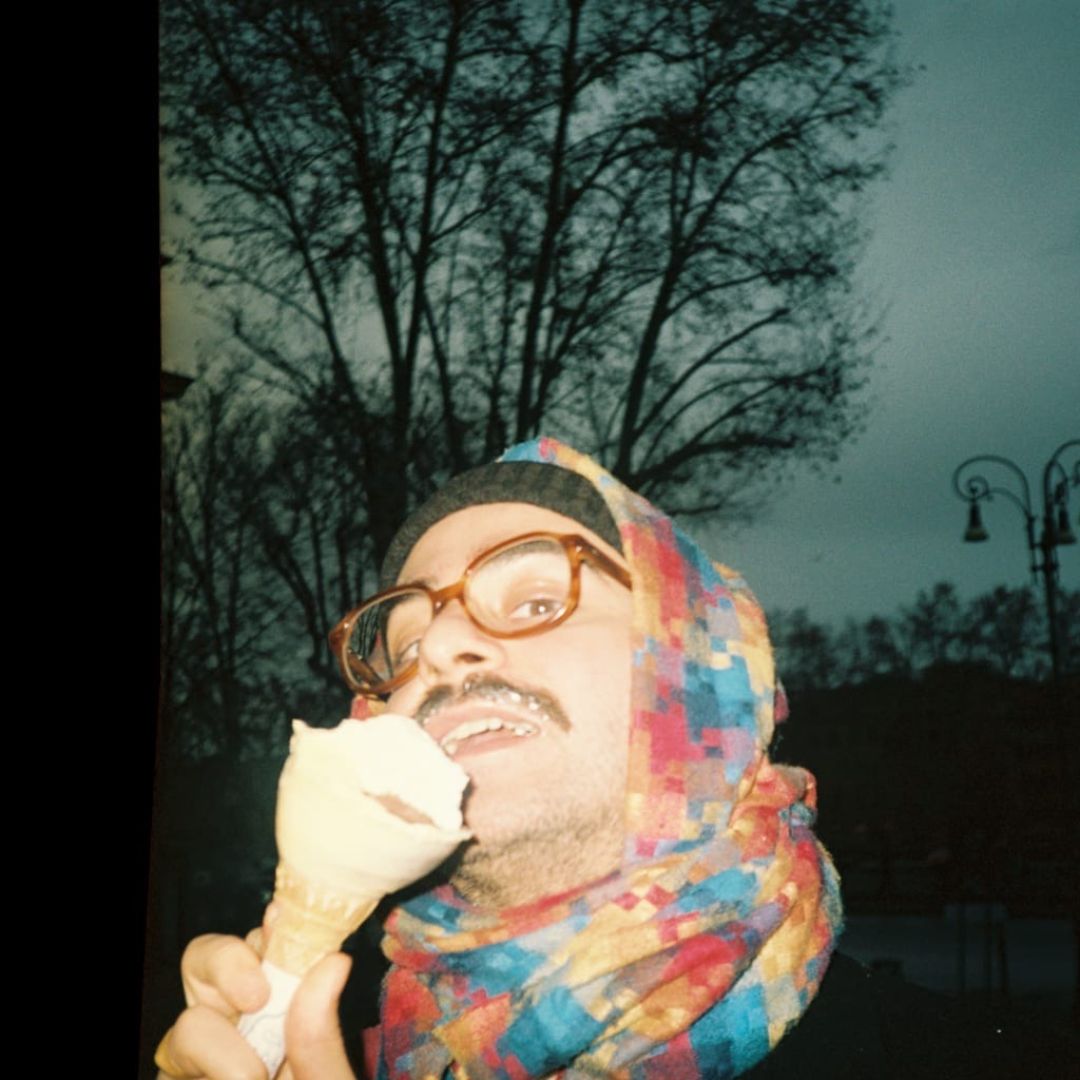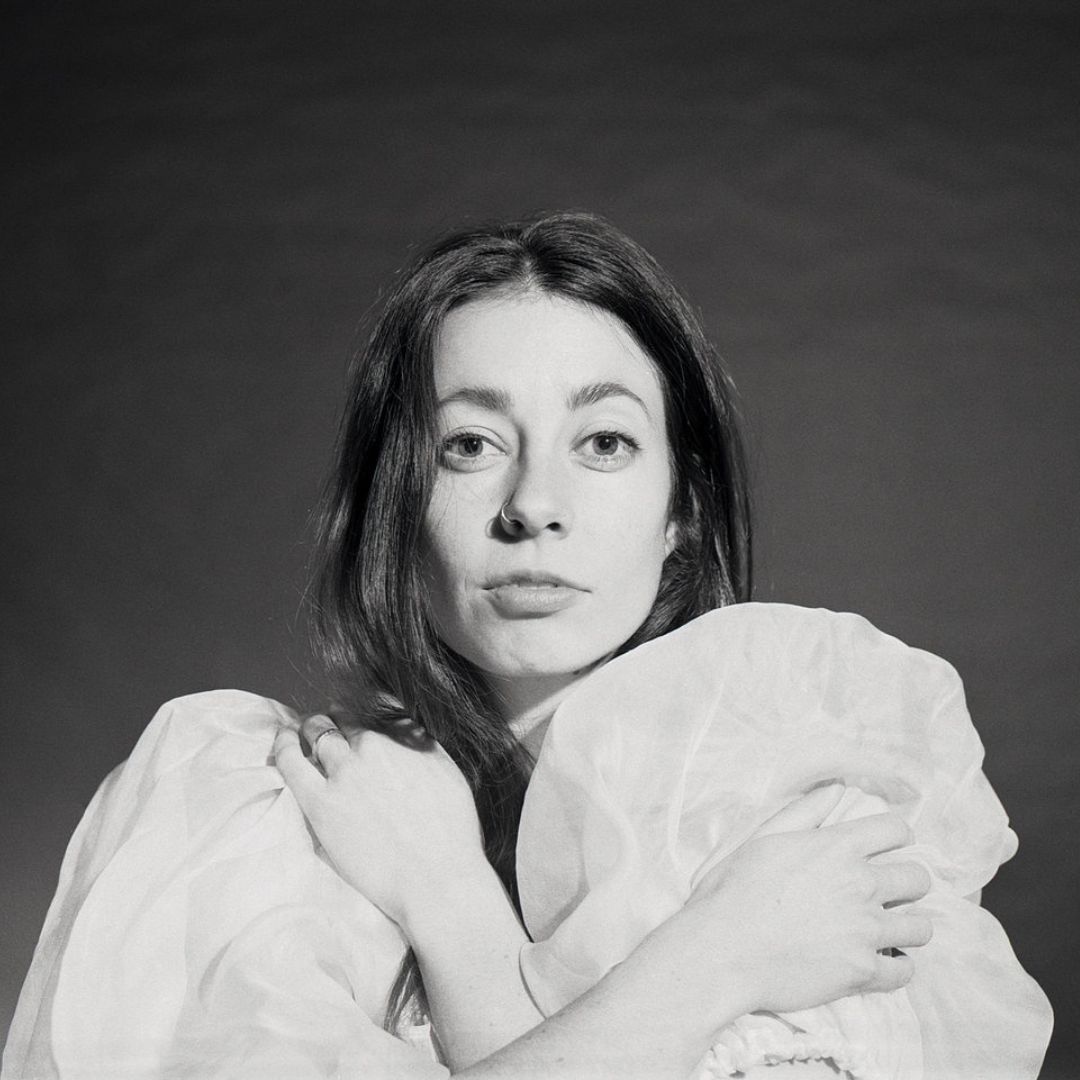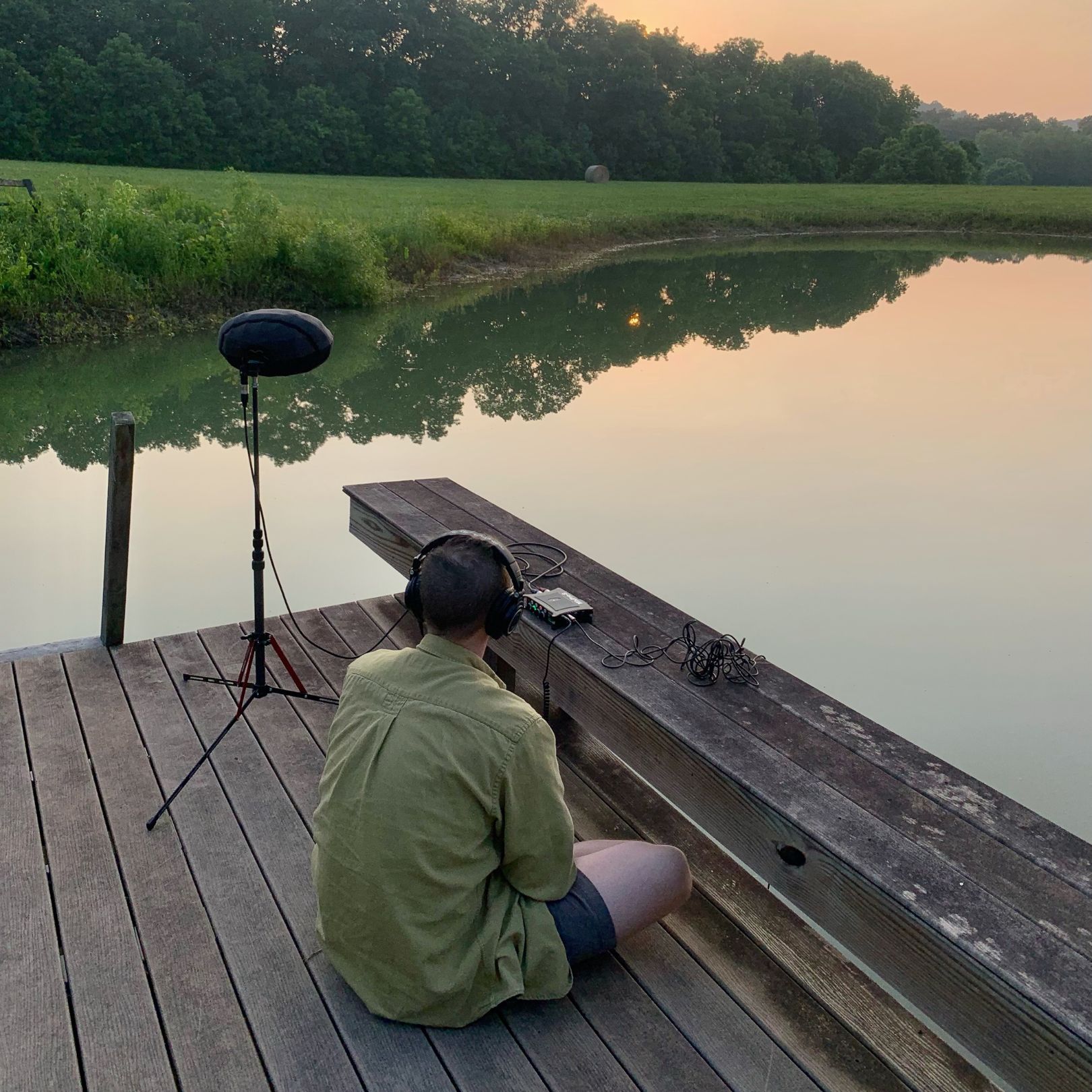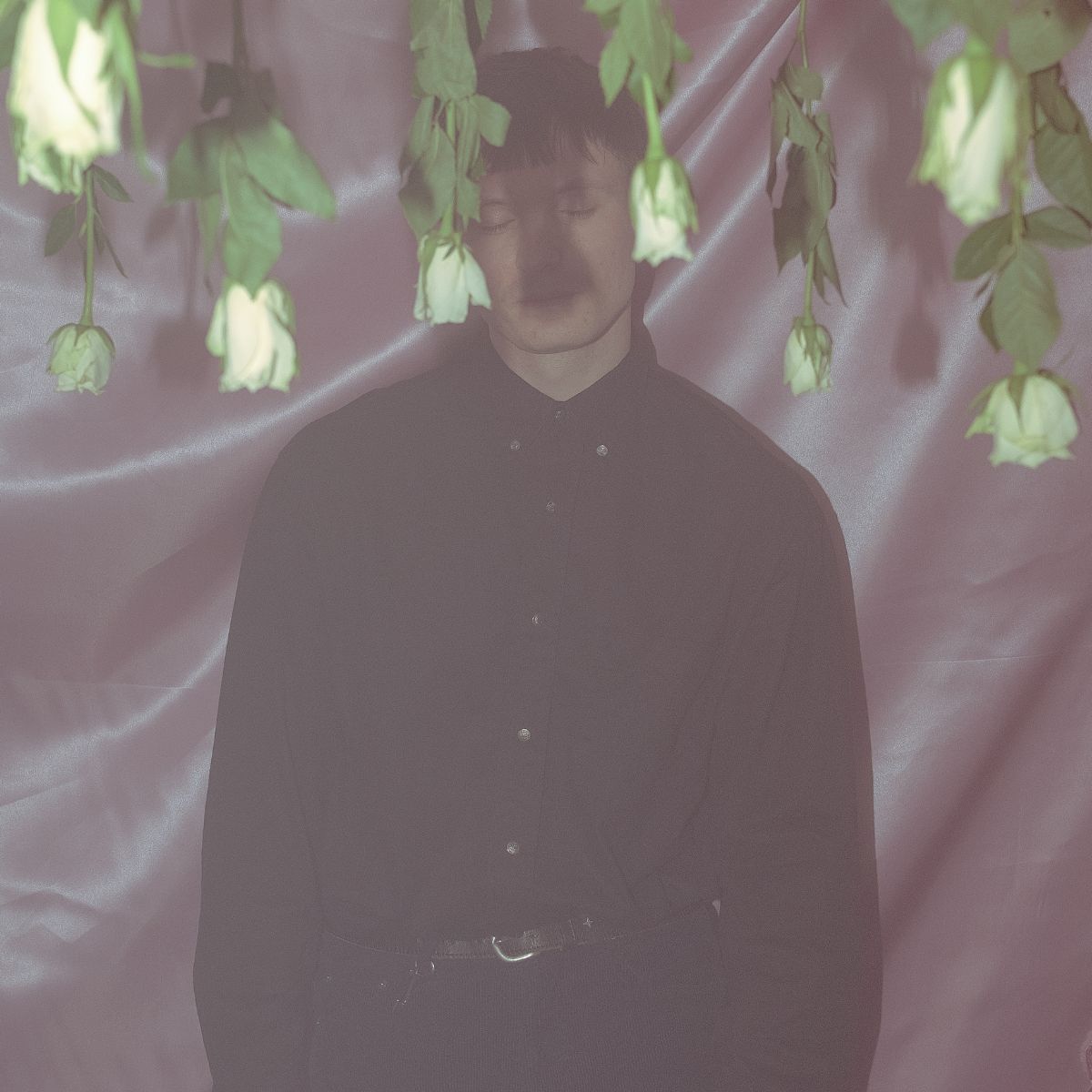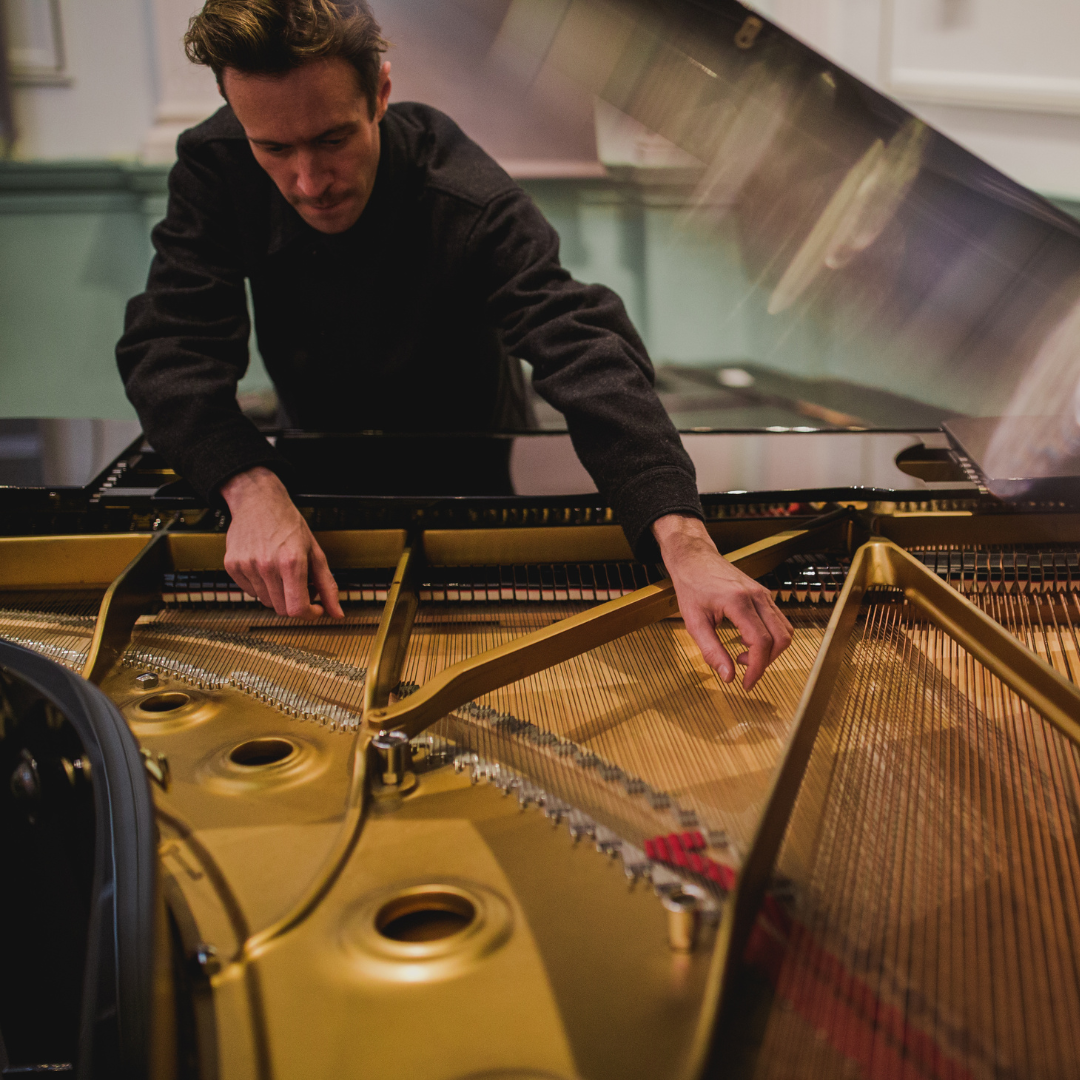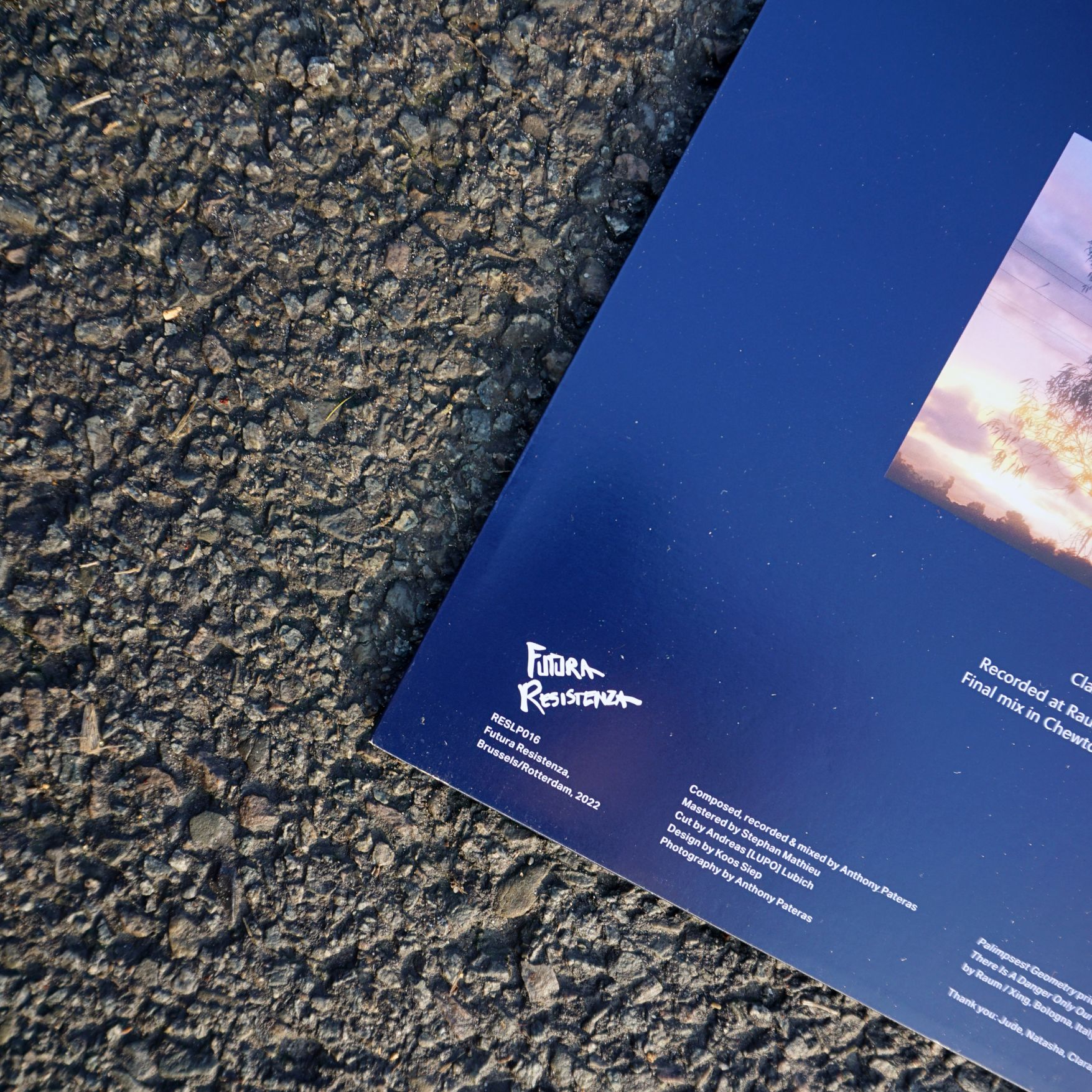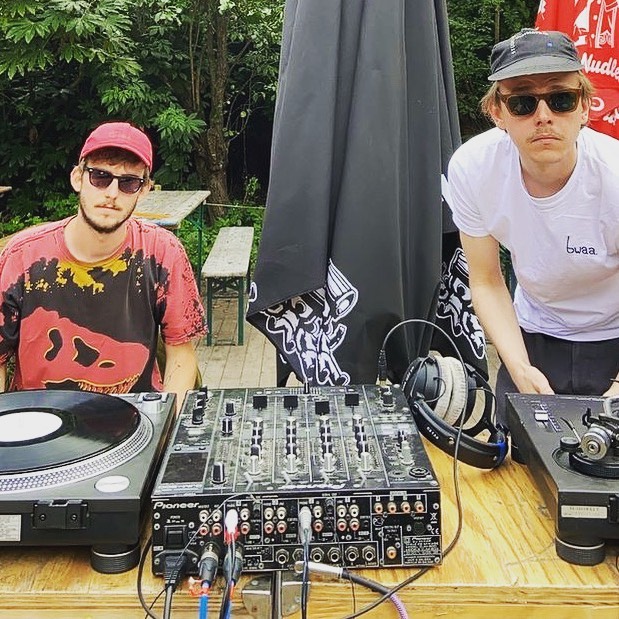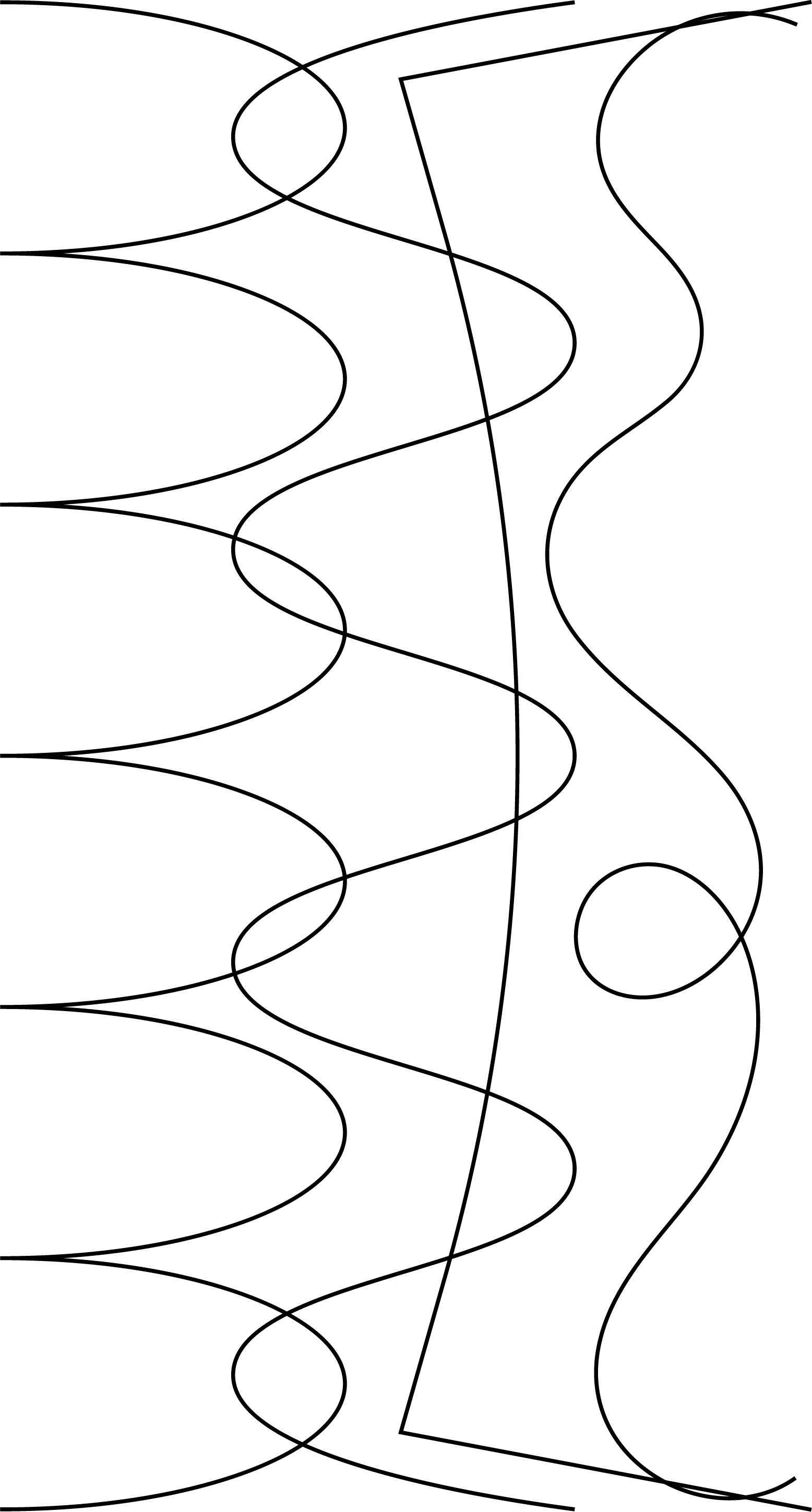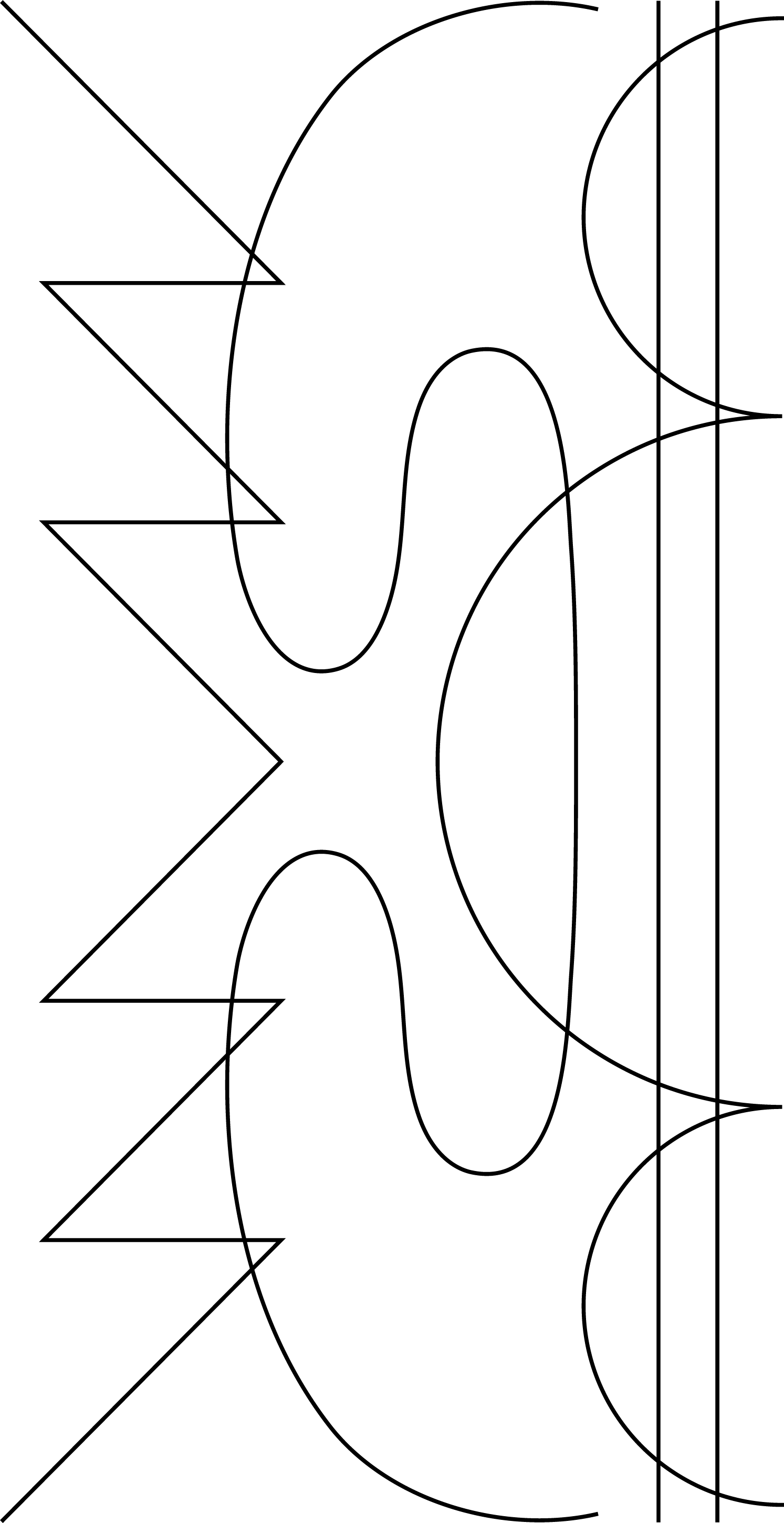finding symphonies in everyday sounds with Lieven Martens
Lieven Martens is an Antwerp-based composer with a knack for storytelling. He greatly enjoys weaving narratives into field recordings. Transforming the most mundane sounds into full-fledged pieces, he invites you to open yourself to deep listening in places you would least expect.
On his label Edições CN, Lieven carefully crafts a unique world for the adventurous listener. Often blurring the lines between sound and music and between the traditional and the fictional, the various releases in the Edições catalogue showcase both Lieven’s own explorations and works by many like-minded artists such as Christina Vantzou, Sugai Ken, Andrew Pekler, Hiele, Francesco Cavaliere and more.
Lieven agreed to meet us for a chat in a lush botanical garden in the heart of Antwerp. We couldn’t have thought of a more suitable location.
How do you pronounce Edições? E-di-ci-os?
Yes, that’s correct, but it doesn’t really matter. I chose Edições as a name because it sounds nice if you pronounce it correctly, but I also like all the different pronunciations of it.
You recently did a heritage project called Serrisme highlighting the grape culture in Hoeilaart. How did that come about?
I was actually invited by Hoeilaart to take part in this heritage project. It was a way of documenting the culture of grape cultivation under glass through the use of photography, text, music, and sound. Instead of looking for exotic sounds, it was really cool to do something close to home and related to my own culture. It is always really nice to take something that’s already there and make a story out of it.
For the label, I want to explore all kinds of ways to do something with sound that’s not purely musical. I don’t think it’s my job to do that.
I’m also working with Simon Van Honacker on a project that’s quite similar in nature. He’s really interested in ‘braderieën’, which translates to street fairs in English. These are very communal happenings with buzzing atmospheres and he approaches it with a deep listening perspective. Imagine the various sounds of the fair colliding into some sort of ambient sound. That project is still in the making. We’re going to do some documentation around it and really work it out as a story.
Looking for organic symphonies in existing things is really something central to the label. It’s the same story with the grapes and the islands and all the other things I do.
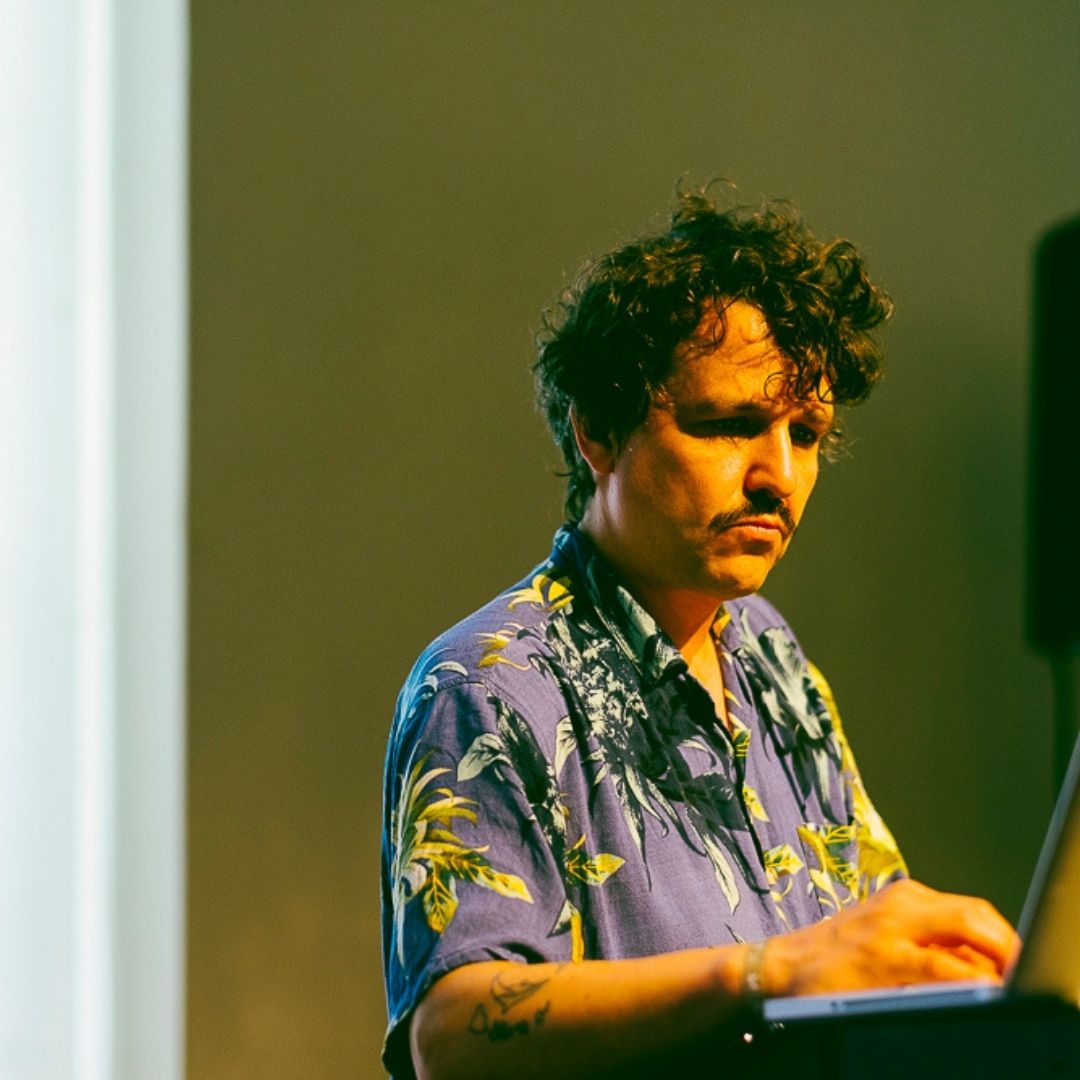
You once mentioned that water is a very important element for Edições CN. Can you share more about it?
Water is one of those sources of organic symphonies. It was a strong focus when I was making music with my ‘Dolphins into the Future’ moniker. It comes from a time when I felt really limited with just musical instruments. There are also so many forms of water and they all have their own rhythms. Artistically, water can also hold memory. I’ve always been fascinated with that idea.
So, are you exploring sound or music?
I would view it more as exploring sound. Sometimes in a very musical way, but sometimes also in a less musical way. I am also really interested in capturing the story behind something.
In Hoeilaart, I gave a speech for the elderly people in town and there was a cricket chirping in the background. I was trying to explain our way of working by using the sound of a cricket as an analogy. You can record the sound of a cricket, but what’s the big story or the why behind it? How do you conceptualize that moment? How do you tell stories through sound? How do you convey feelings through sound?
That’s the thing for me. Music is so cool, but when it’s just music, it feels a bit limited.
We definitely understand what you mean. A lot of your releases also combine different art forms such as poetry and visuals.
I didn’t come up with this explanation, but somebody once told me that it’s maybe out of a fear for a release to get lost in the void too quickly. Often you’d put a record out and it would just sell out and that’s it. The story is over. With having a strong narrative, it somehow feels more timeless and lasting.
Do you think you’re doing it out of fear?
Maybe not fear, but perhaps the need to create something that is relevant for myself and the people that follow my work. I’m also seeing it with other artists. People are taking more time to conceptualize their work, and I definitely feel attracted to that.
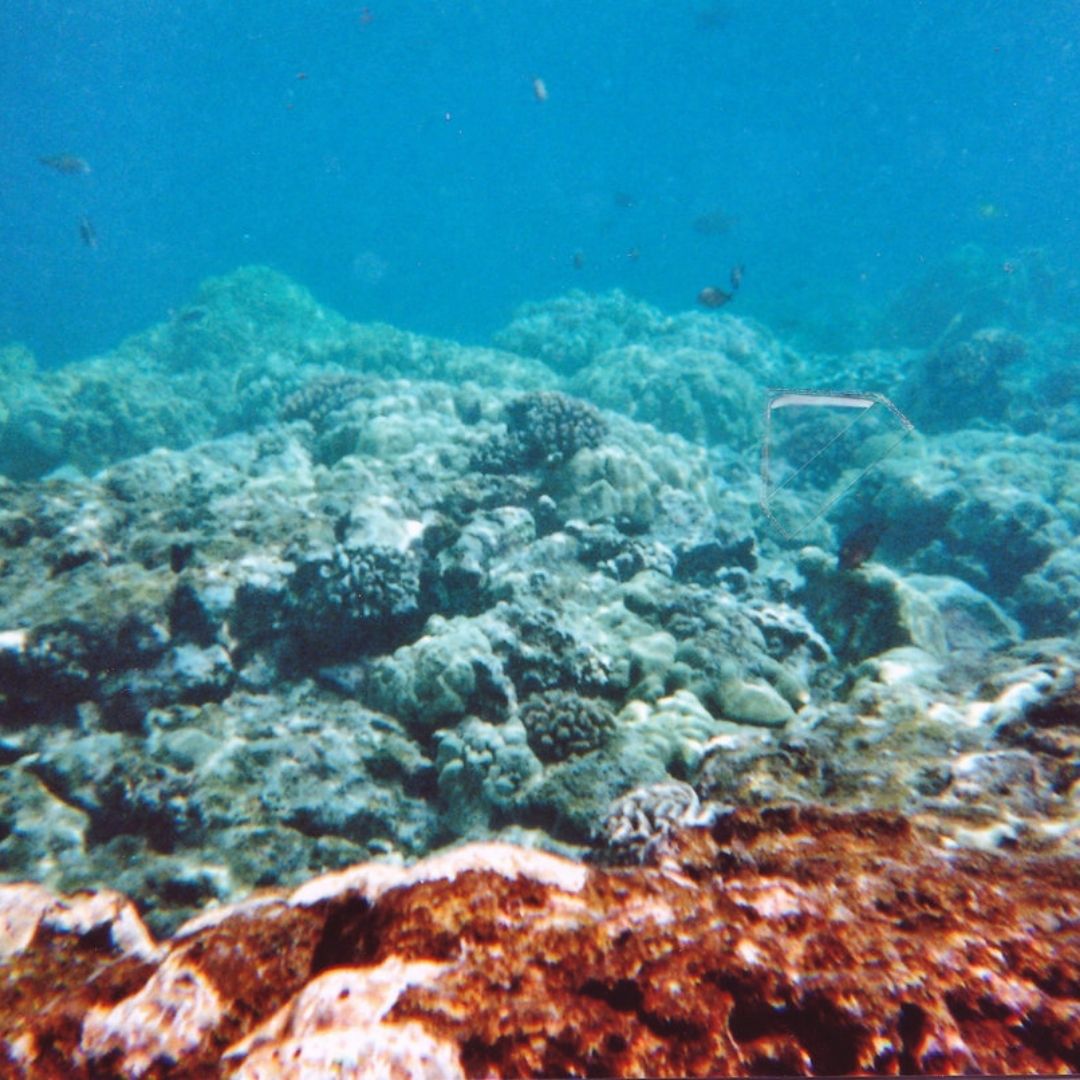
Maybe it’s accelerated by the push to do everything online.
For sure, COVID definitely pushed some projects to take on other forms. You still might want to present something, but the concert format was gone all of a sudden. It forced us to get creative. For example, the release of Friendship Songs with Ken Verhoeven ended up becoming so much more than a concert. It was a full experience. It became an exposition that turned into a book with an accompanying CD.
Where do you find your inspiration?
It often comes from moments or memories.
A few months back, we were visiting friends in Samsø in Denmark. There’s a long cliff between the fjords and the oceans with a trail that stretches for about three kilometers. We went on a hike with family and friends. At some point, we looked back and the sky just instantly turned pitch black. All of a sudden, the most extreme storm broke loose with heavy rain and pellets of hail. We started running for shelter.
On the way back, we passed a group of people who were sitting in a super strange formation facing the storm. You could tell that they’re used to this and they’re probably from the island.
Seeing that powerful image combined with the sound of the storm left a big impression on me. That image keeps reappearing in my mind. It looked like a Werner Herzog film. Just imagining how they were sitting with their eyes closed had some kind of religious quality to it. It looked like they were bowing down to the elements.
Images like these are what I sometimes have in mind as inspiration.
Do you always need a visual angle to spark your creations?
Not always. Sometimes it just stems from wanting to create a certain sound. I also sometimes just go in the studio and see what happens when I jam. I used to have certain strict rules I would impose on myself, such as using only analog instruments, but it’s nice to break these rules now and then too. It all depends. Often, it’s just way more vivid when I see it visually.
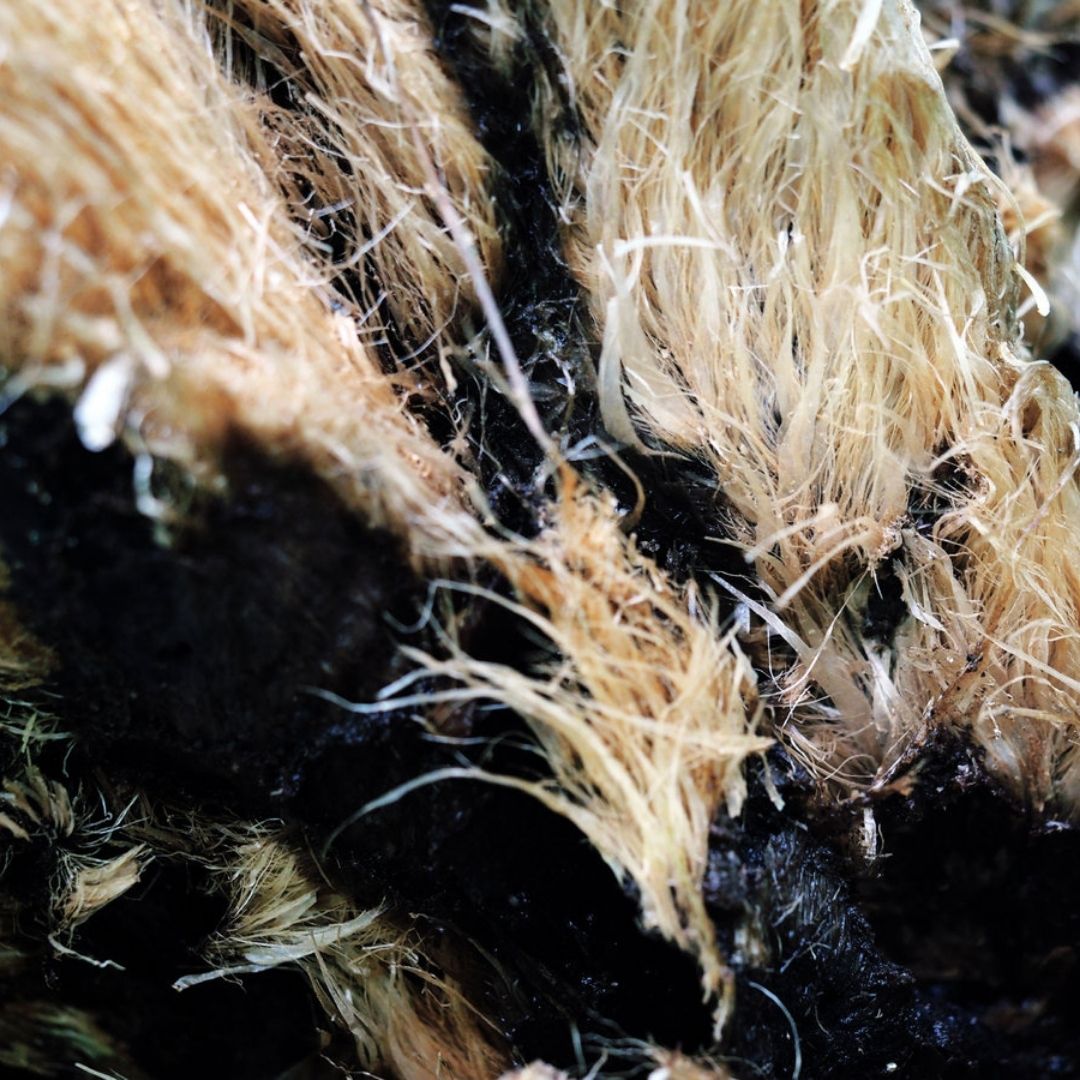
Next to Edições CN, you also work on communications for a non-profit organization. Is it difficult to balance or can you always make time for music?
I have been doing communication work for two years now. It’s sometimes a lot of work to combine both, but I like it. Sometimes I think I have the tendency to be lazy, but now I am forced to work with text. It forces the brain to compose something and I think the combination of both is healthy for me. I noticed it makes me better at composing.
Good to hear because it seems like finding that balance is something a lot of musicians and creatives grapple with.
I have a short attention span, so it was a conscious choice for me to find my own balance. I would never be able to do the same thing all the time. Even if that thing is making music. I like doing different things.
When you talk about your music, you use the word compose a lot. Yet, there’s often a strong focus on experimentation and improvisation.
I would say I combine both composing and improvising, but the improvisations are in the end composed in the album.
I started using the word composing in my descriptions not to be pretentious, but as a form of respect to musicians. I manage a recording studio really well, but I actually don’t manage an instrument. I can play the piano, but I’m definitely not a professional pianist by any standards. So I stopped calling myself a musician and started to use composer instead.
In the end, the processing and collaging of sounds is what I do best.
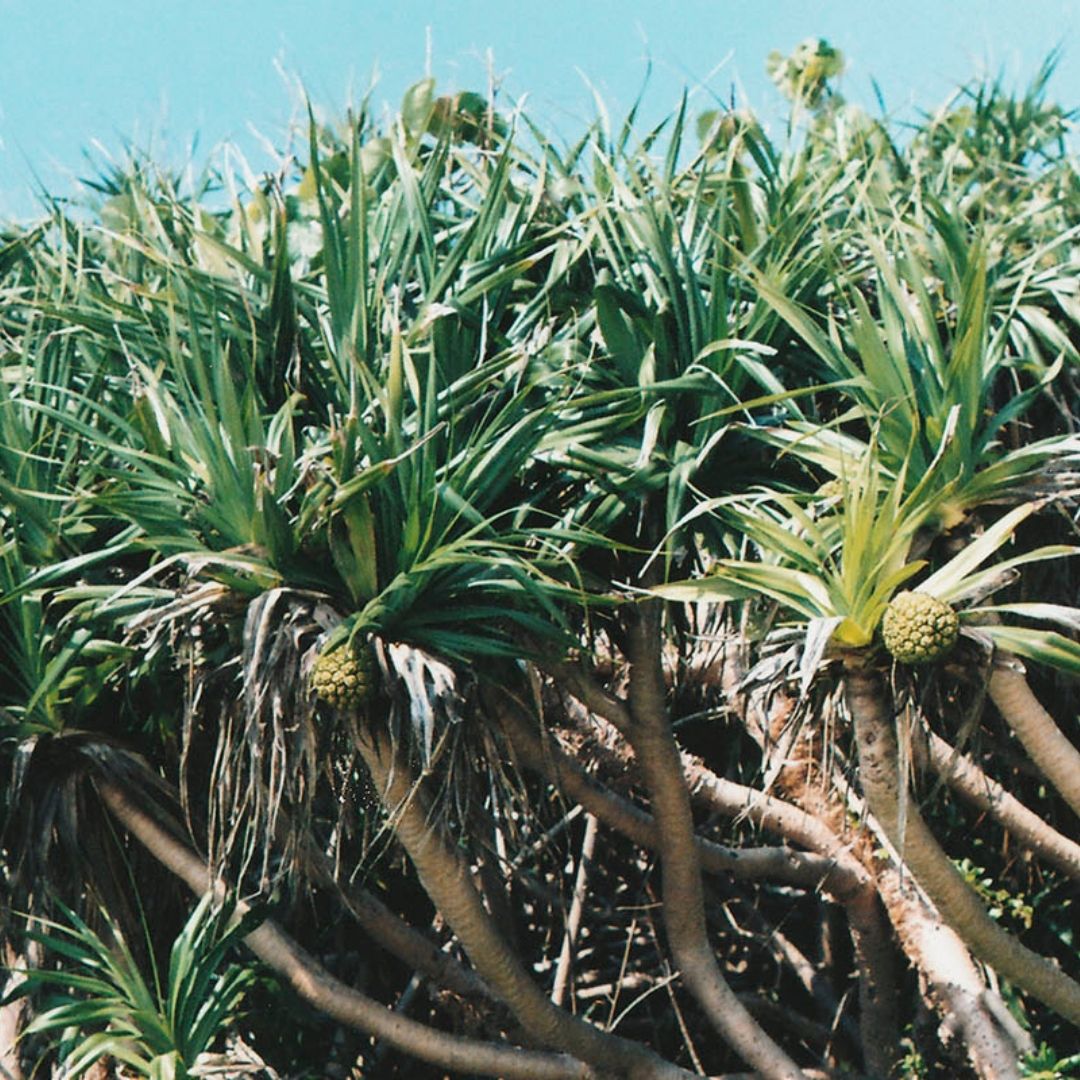
How do you know when a composition is finished?
It’s hard. Sometimes I have an actual deadline to make and that helps a lot, but sometimes it is also a gut feeling. Sometimes I think I stopped at the right time. Then, a bit later, I think it sounds really weird. But then, half a year later, it would sound fine again.
You do re-work your past works sometimes, right?
Yes. I want to do it more actually. I really admire artists who are super self-referential and constantly rework and rethink their own stuff. It’s really human, I think, to form an idea, get a different perspective in five years and revisit it with new input.
And why do you feel the need to create music and release music with Edições CN?
The music I make and release sometimes has a really personal effect on people. A few times already, someone came up to me and told me that my music took them through some difficult moments. In some way, I am communicating with them through my music.
I also feel there is a certain need for what I do and what people around me do. It finds an audience. Not a big one, but a dedicated one. So, let’s keep doing it.
